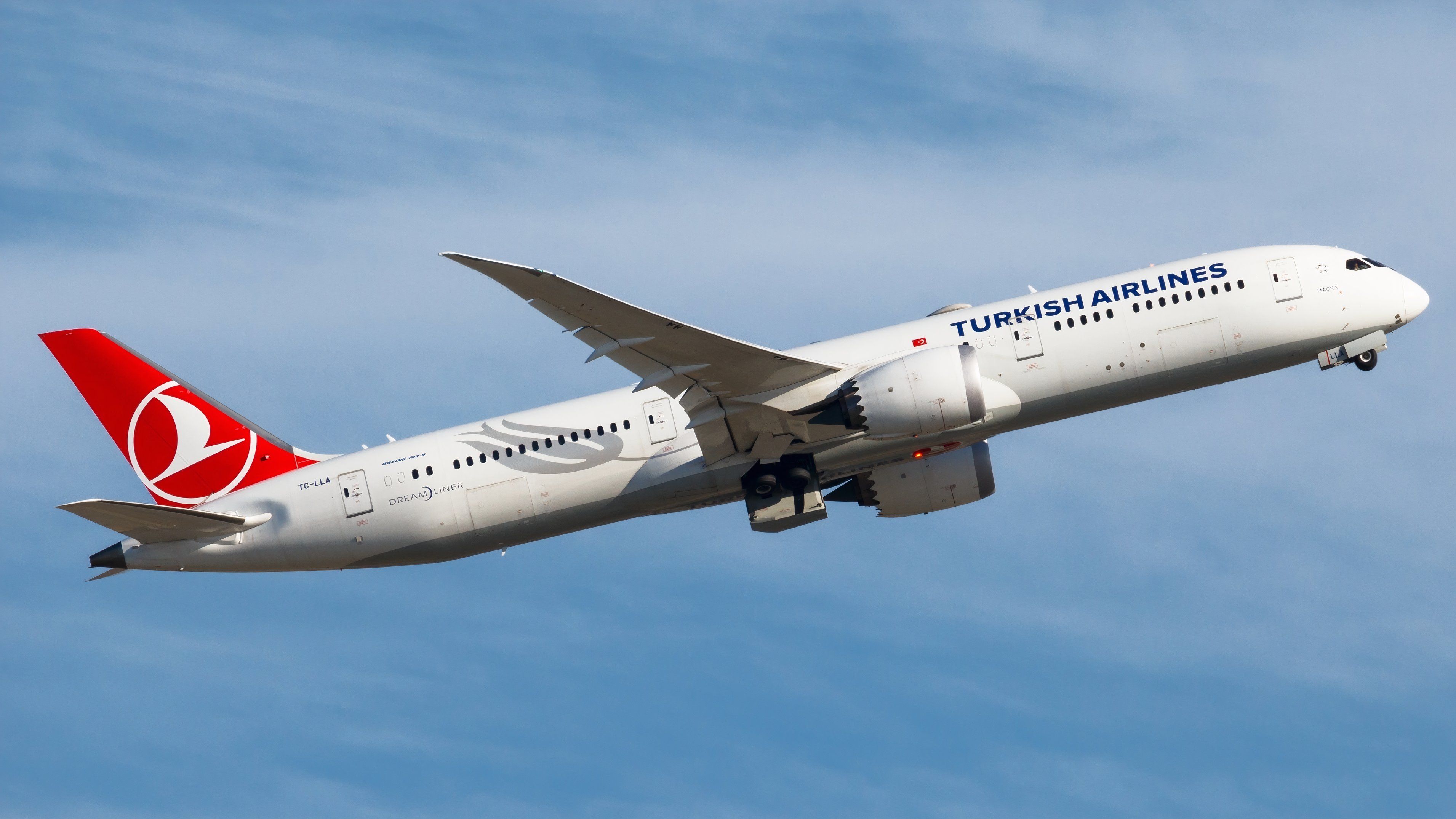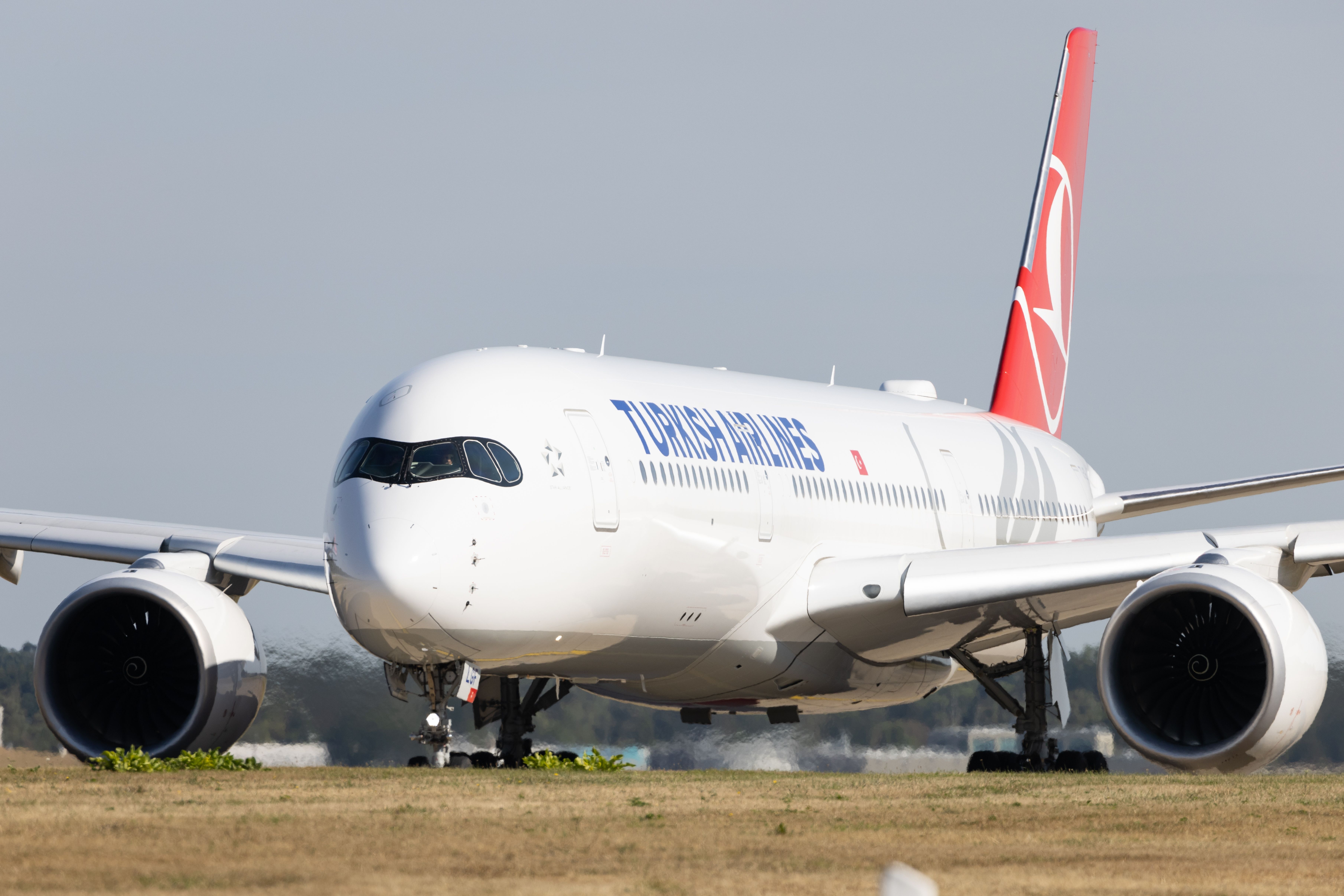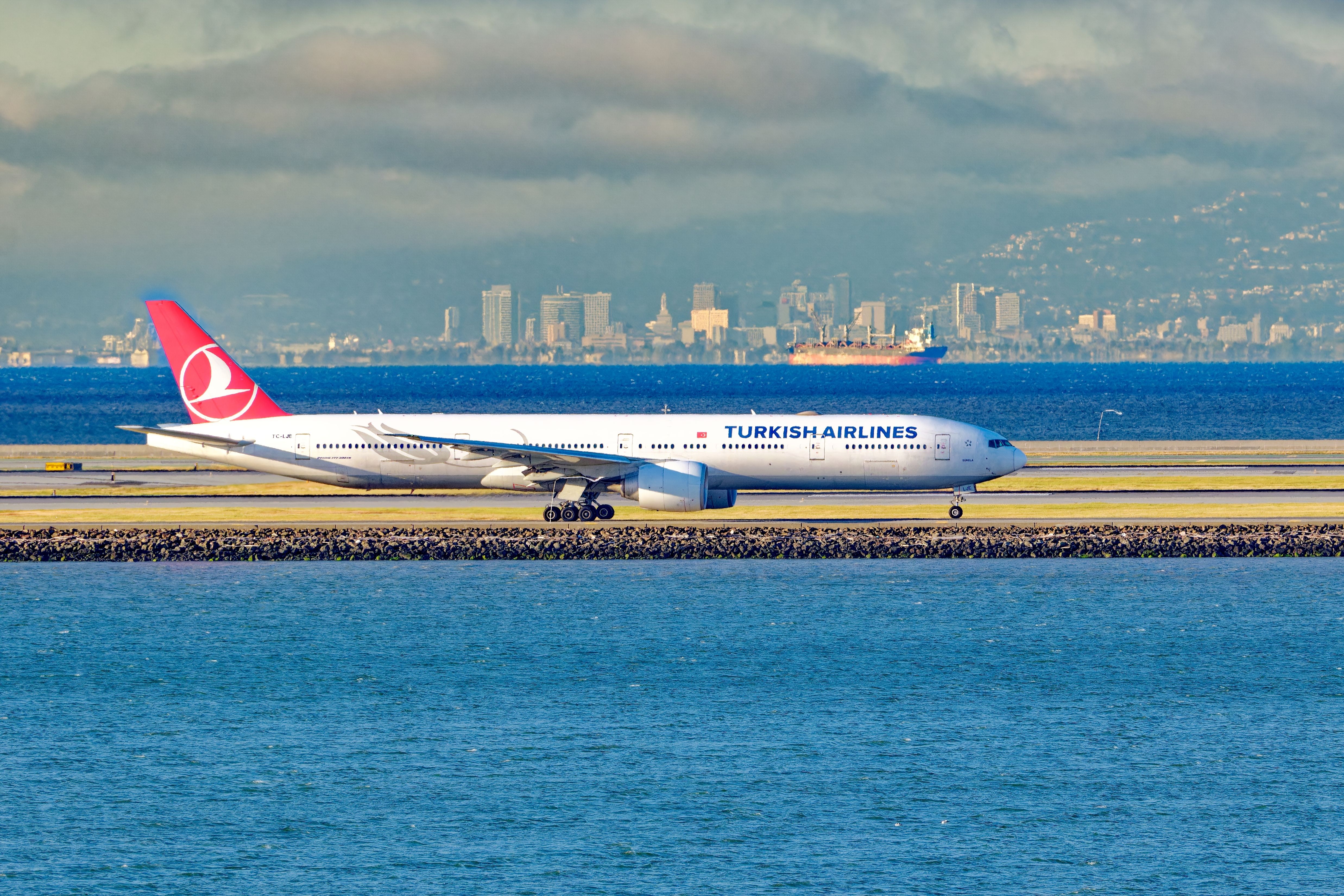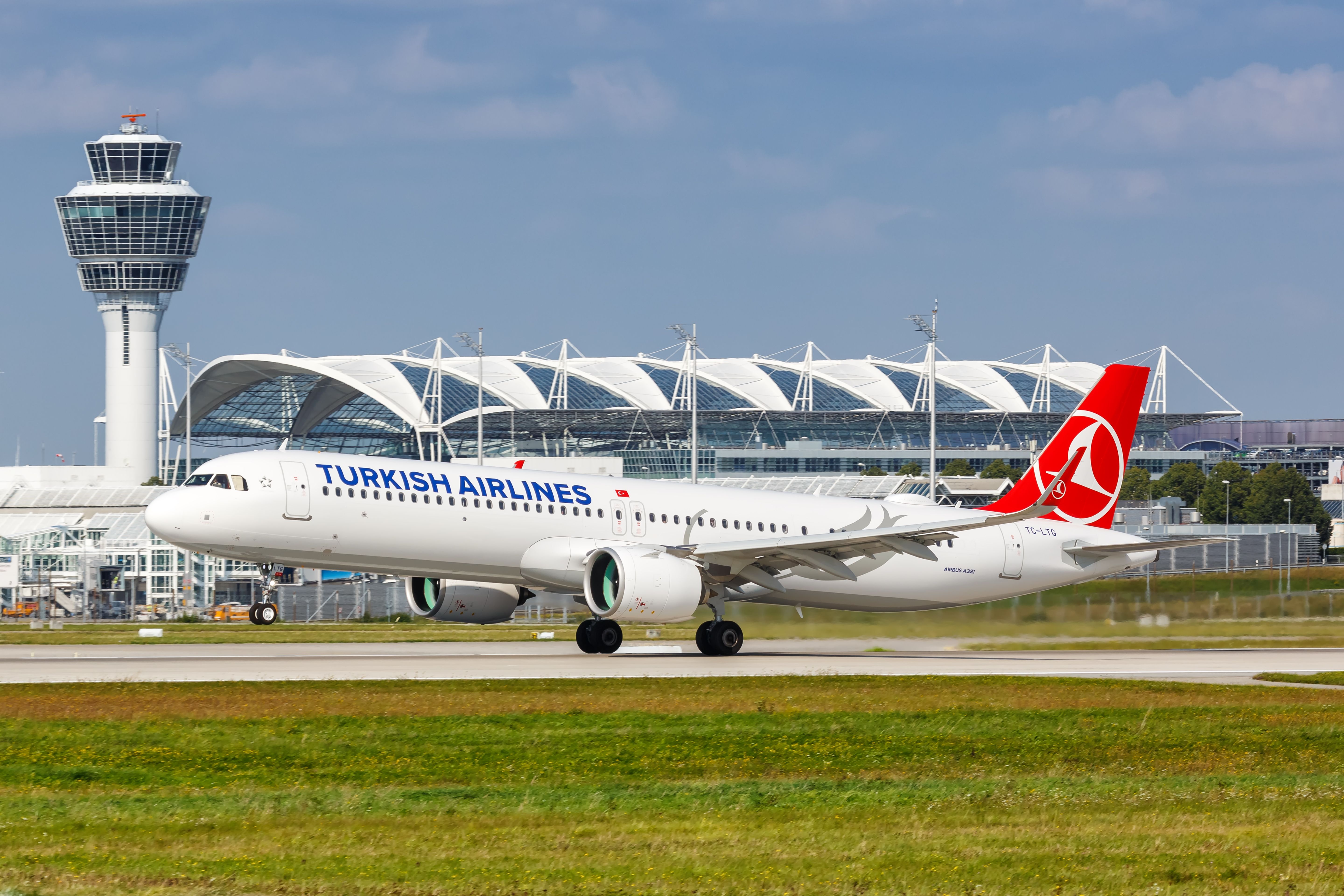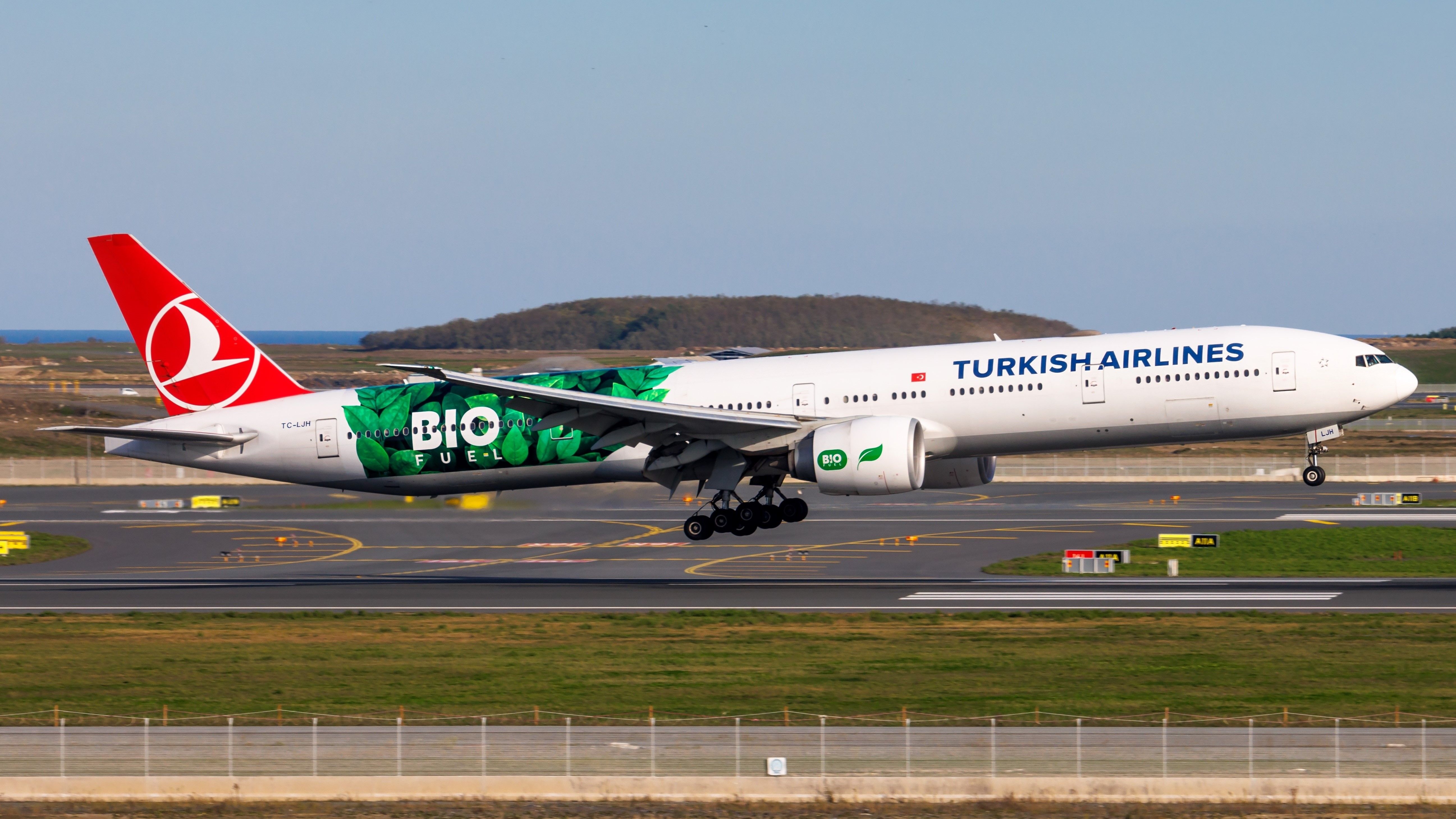![]() Turkish Airlines
Turkish Airlines
has rapidly grown its presence in the United States, serving more destinations than ever. The carrier’s unique geographical advantages, extensive fleet, and strategic network planning have made it a significant player in transatlantic travel. Here’s an in-depth look at why Turkish Airlines has a substantial US presence.
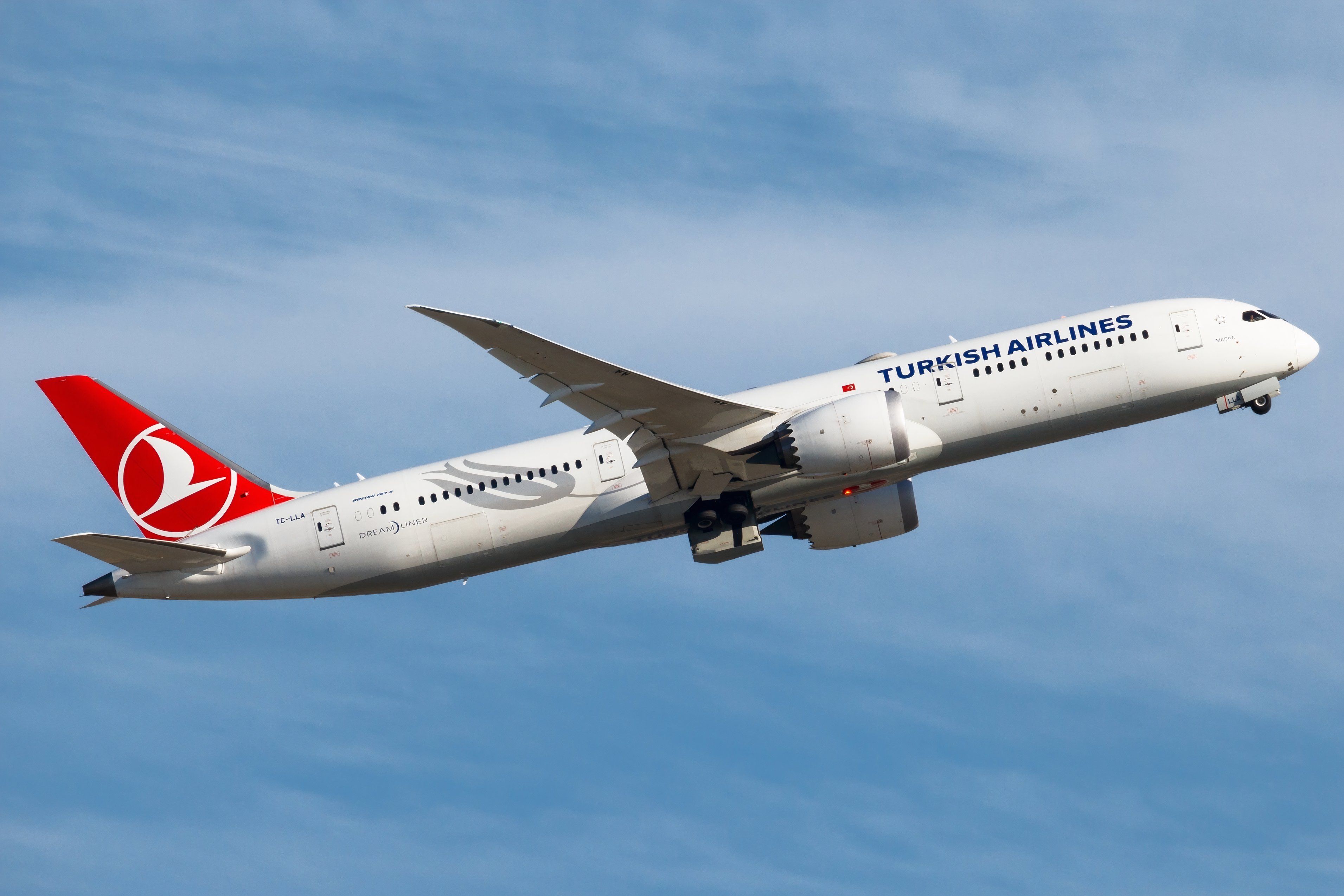
Related
Turkish Airlines Grows Chicago & Los Angeles Flights To Record 17 Weekly
They will now have up to three daily flights.
A strategic hub in Istanbul
Turkish Airlines benefits from its hub at Istanbul Airport, a global crossroads connecting East and West.
Istanbul’s geographic location allows the airline to efficiently serve markets across Europe, Asia, the Middle East, and Africa, creating seamless connections for US travelers. This makes Turkish Airlines appealing to passengers traveling between the US and secondary cities in regions such as South Asia, the Middle East, and Africa.
Photo: MBekir | Shutterstock
According to Aviation Week, Turkish Airlines has turned Istanbul into a preferred stopover for US travelers heading to underserved international destinations. Istanbul’s world-class airport infrastructure also enables Turkish Airlines to handle high passenger volumes and increase frequencies to popular destinations, further strengthening its position.
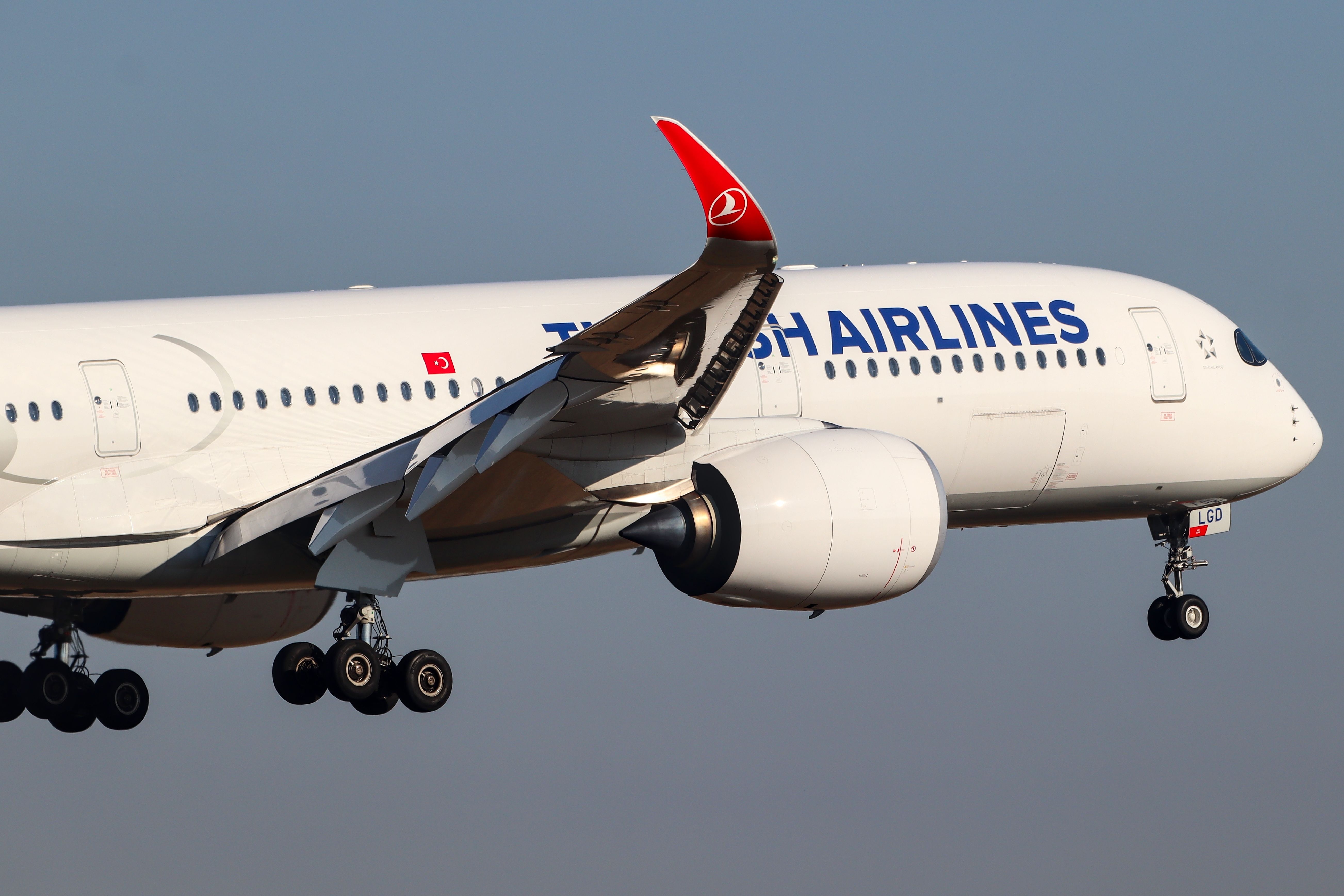
Related
Death Of Turkish Airlines Pilot On Airbus A350 Flight From Seattle To Istanbul Leads To Emergency Landing At New York JFK
The Airbus A350-900 was overflying Northern Canada when the pilots decided to divert to New York.
Growing US network and city targets
Turkish Airlines has aggressively expanded its US network, now serving 14 destinations and aiming for up to 20 in the near future.
This includes a mix of significant hubs and secondary cities. According to View From the Wing, the airline targets nearly every central US airline hub, effectively competing with American Airlines, United, and Delta.
Photo: Kevin Hackert | Shutterstock
One example is the airline’s consideration of Charlotte as a future destination. Turkish Airlines is tapping into regions with fewer direct international connections by exploring markets like Charlotte. AviationPros reports that this approach not only diversifies Turkish Airlines’ network but also meets the needs of underserved markets. These strategies make the carrier a go-to option for travelers in large and smaller US cities.
As of November 2024, Turkish Airlines operates flights to the following destinations in the United States:
|
City |
State |
Airport Name |
IATA Code |
|---|---|---|---|
|
Atlanta |
Georgia |
Hartsfield-Jackson Atlanta International Airport |
ATL |
|
Boston |
Massachusetts |
Boston Logan International Airport |
BOS |
|
Chicago |
Illinois |
Chicago O’Hare International Airport |
ORD |
|
Dallas-Fort Worth |
Texas |
Dallas/Fort Worth International Airport |
DFW |
|
Denver |
Colorado |
Denver International Airport |
DEN |
|
Detroit |
Michigan |
Detroit Metropolitan Wayne County Airport |
DTW |
|
Houston |
Texas |
George Bush Intercontinental Airport |
IAH |
|
Los Angeles |
California |
Los Angeles International Airport |
LAX |
|
Miami |
Florida |
Miami International Airport |
MIA |
|
New York |
New York |
John F. Kennedy International Airport |
JFK |
|
Newark |
New Jersey |
Newark Liberty International Airport |
EWR |
|
San Francisco |
California |
San Francisco International Airport |
SFO |
|
Seattle |
Washington |
Seattle-Tacoma International Airport |
SEA |
|
Washington, D.C. |
District of Columbia |
Washington Dulles International Airport |
IAD |
Leveraging the Boeing 787 and Airbus A350
Fleet modernization is another crucial factor behind Turkish Airlines’ success in the US market. The airline operates advanced aircraft like the Boeing 787-9 Dreamliner and Airbus A350-900, offering superior fuel efficiency and passenger comfort. According to Airliners.net, these next-generation aircraft are ideal for serving long-haul routes to secondary US cities while maintaining profitability.
The versatility of these planes allows Turkish Airlines to add more frequencies on popular routes like New York and Los Angeles, while also experimenting with less-served destinations. This balance of efficiency and flexibility is critical for sustaining its rapid expansion across the US.

Related
Turkish Airlines Will Fly Daily Between Istanbul & Denver Next Summer
TK also plans to announce a number of new US routes in the new year.
Capitalizing on passenger loyalty and stopover programs
Turkish Airlines has built a strong reputation for exceptional in-flight service and competitive pricing, fostering loyalty among its US customers. Its Miles&Smiles program has also been a critical differentiator, attracting frequent flyers seeking connections to its vast international network.
Photo: Darryl Brooks | Shutterstock
Another unique offering is the airline’s innovative stopover program, which allows passengers with extended layovers in Istanbul to explore the city at no additional cost. According to Aviation Week, this program has been a significant draw for US travelers, turning layovers into memorable travel experiences. Turkish Airlines offers free hotel stays and city tours to make its Istanbul hub even more attractive.
Competitive pricing and premium products
Turkish Airlines’ competitive pricing strategy has helped it capture a significant US market share. The airline leverages its cost-efficient operations and economies of scale to offer fares often lower than its competitors. Simultaneously, it invests heavily in its premium products, including its renowned business class, which features lie-flat seats, gourmet dining, and access to luxurious lounges.
Photo: Markus Mainka | Shutterstock
According to View From the Wing, this combination of affordability and premium service appeals to a broad range of travelers, from budget-conscious economy passengers to high-end business travelers. This dual-market approach has driven demand for Turkish Airlines’ US routes.
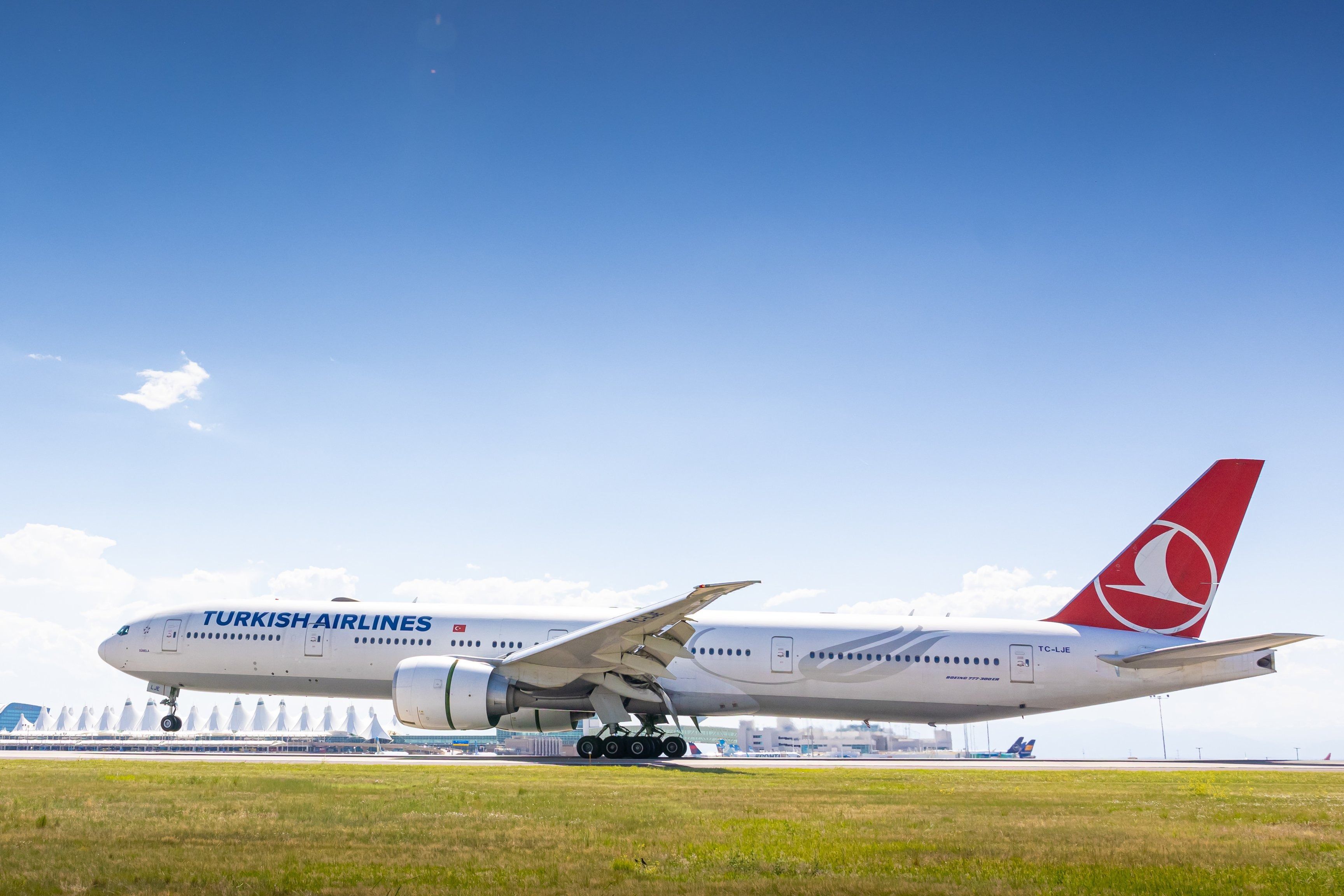
Related
Does Turkish Airlines Have An Appeal To Add More Flights To India?
Turkish Airlines currently operates flights from Istanbul to Mumbai and New Delhi on the Boeing 777-300ER, but seeks to add frequencies to India. This would push its current 7x weekly operations on each route to 14x weekly.
This push for improved capacity comes after IndiGo previously operated this route on Turkish’s wet-leased 777-300ER. However, it switched to its Airbus A321neo and A320s. Seat capacity between Istanbul and India for IATA Summer 2025 is down 45% year-on-year. As of today, Turkish has only daily flights for each route on the website. What do you think?
Disclaimer: This content is shared by one of our readers and does not necessarily reflect the views or ideas of Simple Flying.
Tapping into underserved markets
While Turkish Airlines already serves significant hubs like New York, Chicago, and Los Angeles, its expansion into secondary markets is crucial to its growth strategy. Cities like Portland, Charlotte, and Indianapolis are actively considered potential destinations. AviationPros states these secondary markets represent significant untapped demand for international connections.
Photo: Kevin Hackert | Shutterstock
By targeting cities with limited international flight options, Turkish Airlines avoids direct competition with larger carriers while offering convenient one-stop access to its global network.
This strategy also enables the airline to serve business travelers and diaspora communities who might otherwise have limited options.
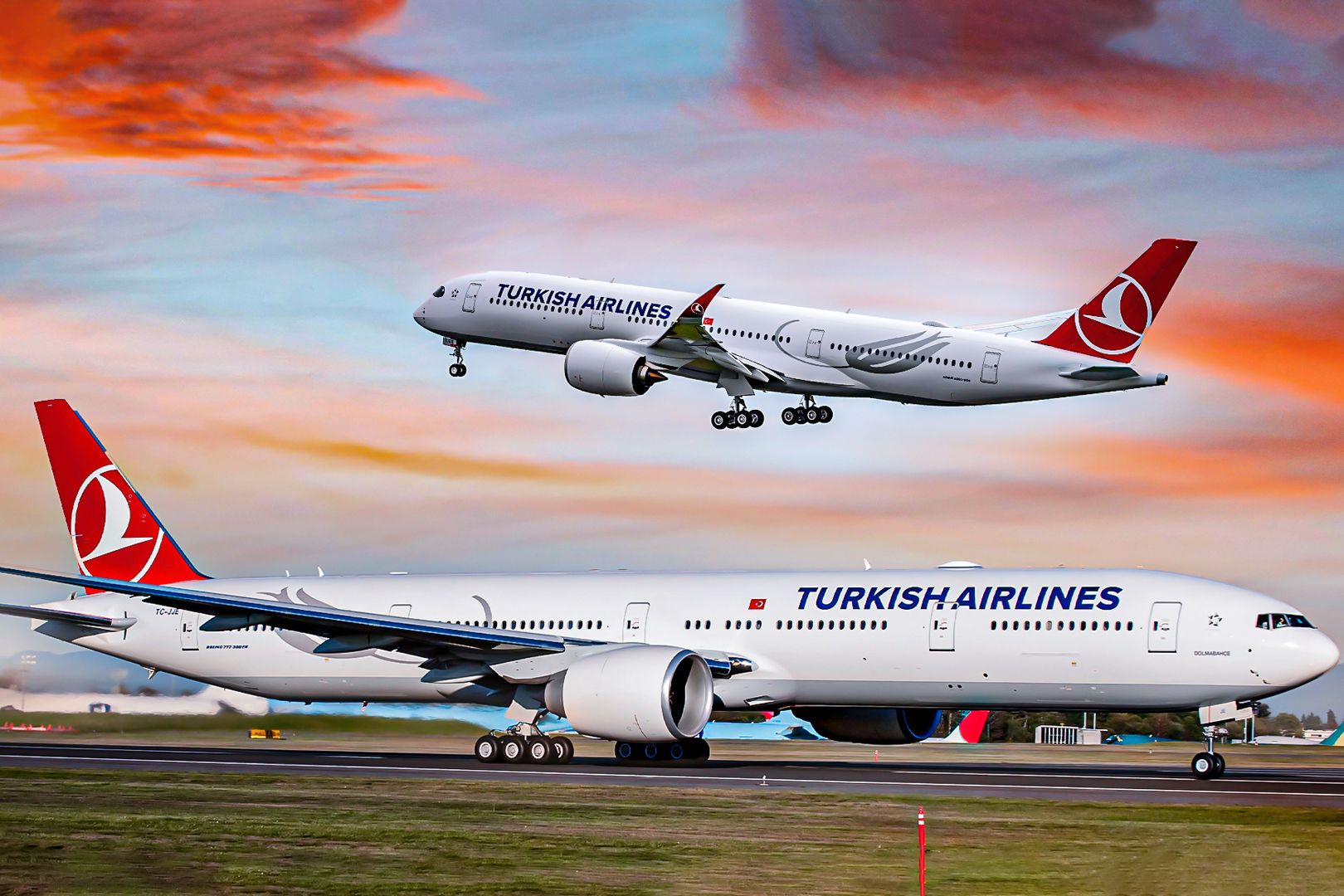
Related
Top 5: Turkish Airlines’ Longest US-Bound Routes
All the routes on this list are more than 6,000 miles long.
Pandemic recovery and plans
Turkish Airlines has not only rebounded from the pandemic but has also exceeded its pre-pandemic performance in the US market. According to Aviation Week, its US capacity in 2023 was double that of 2019. This rapid recovery highlights the airline’s adaptability and resilience.
Photo: MBekir | Shutterstock
The airline’s commitment to fleet expansion, customer-centric programs, and sustainable operations will likely fuel its continued growth in the US market. As Turkish Airlines pursues new destinations and increases frequencies, its presence in the US is set to grow even further.


